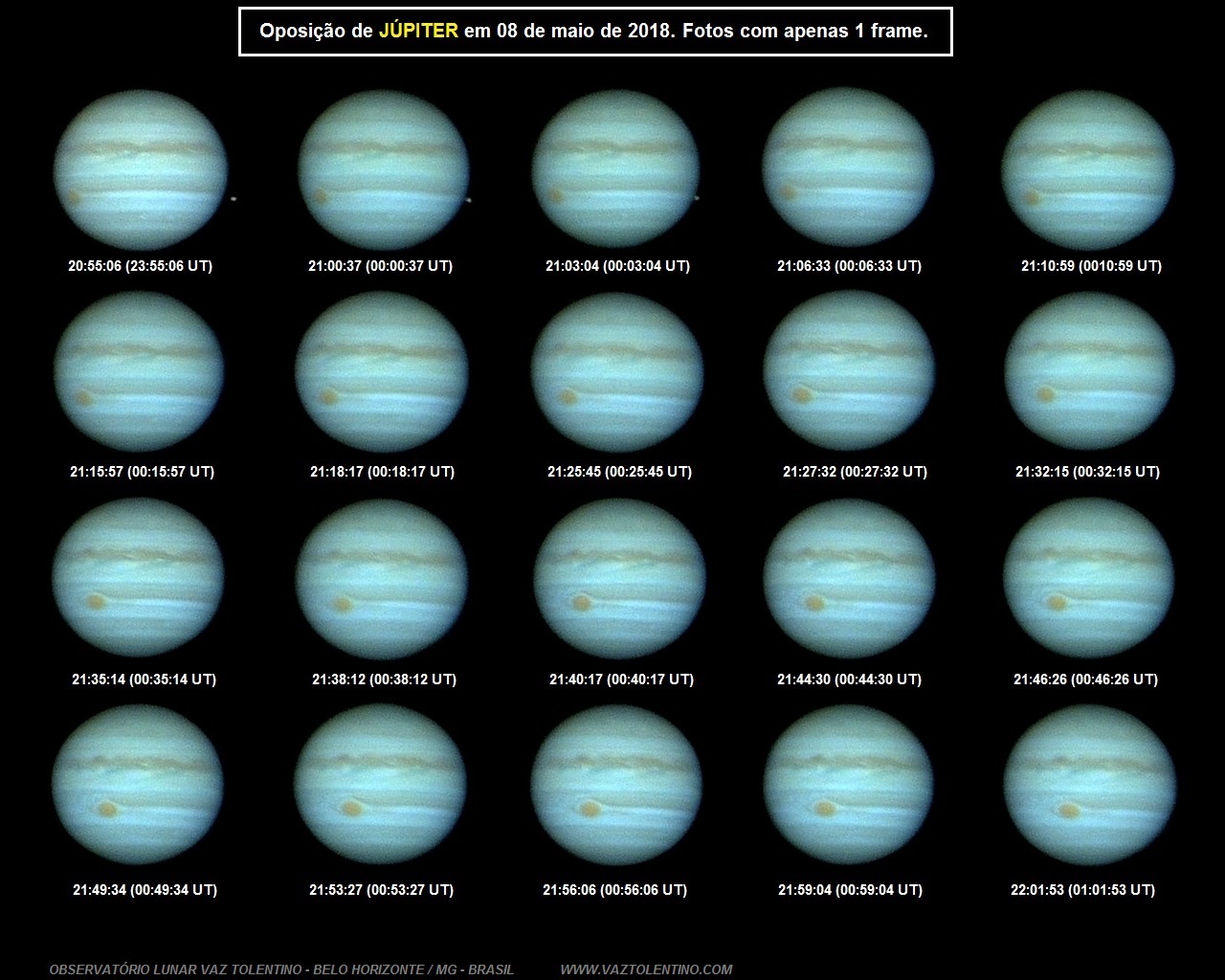
Oposição de JÚPITER em 08 de maio de 2018. Vaz Tolentino Observatório
Jupiter is a massive ball of gas. Its clouds are composed of ammonia and water vapor drifting in an atmosphere of hydrogen and helium. The particular cloud chemistries are likely the magic behind.
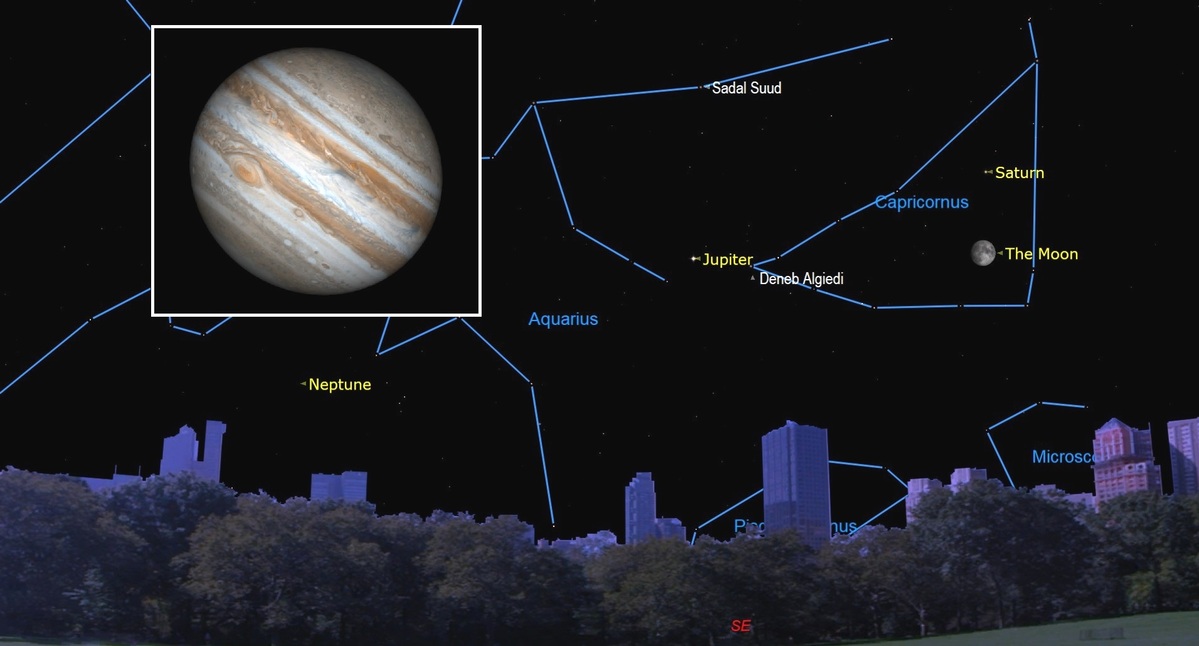
Júpiter em oposição ao sol saiba como visualizar no céu noturno TecMundo
Listen to Astral Do Dia - Lua Oposição Júpiter and 1,475 more episodes by Astrologia E Tantra, free! No signup or install needed. Astral do Dia - Vênus Mercúrio. Astral do Dia - Lua Nova em Sagitário.

Oposição de Júpiter fará ficar ainda mais visível em 8 de março
Britannica Quiz. Planets and the Earth's Moon. Jupiter, the most massive planet in the solar system and the fifth in distance from the Sun. It is one of the brightest objects in the night sky; only the Moon, Venus, and sometimes Mars are more brilliant. Jupiter takes nearly 12 Earth years to orbit the Sun, and it rotates once about every 10.
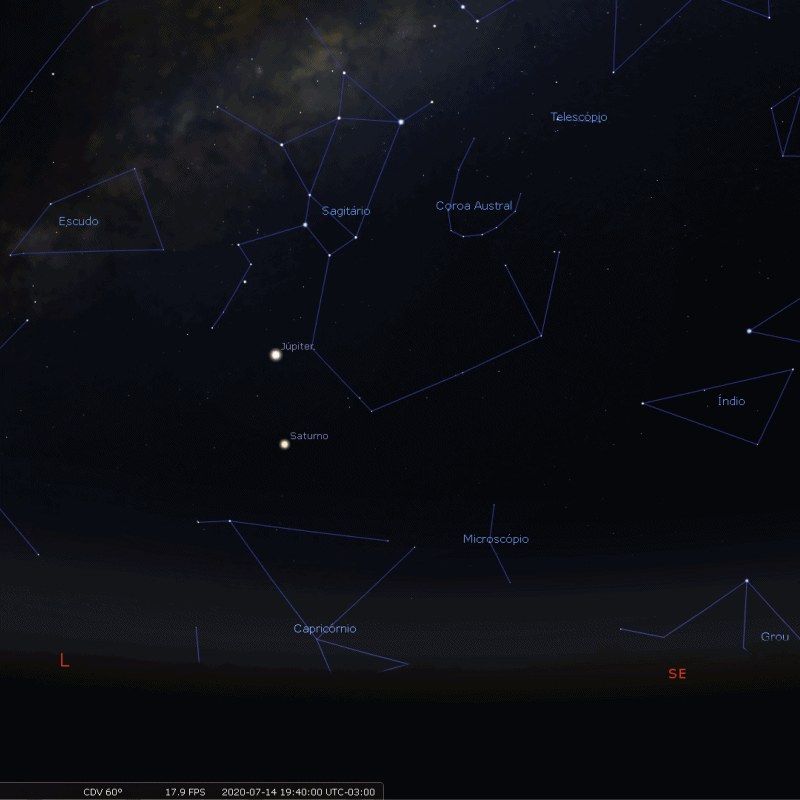
Oposição e conjunção Júpiter, Plutão, Vênus, Aldebarã e Lua
Jupiter is precisely closest to Earth at 21 UTC (4 p.m. CDT) on November 1-2. At that time, its distance will be 370 million miles/ 595 million km/ 33.11 light-minutes from Earth.

Fluctuating Atmosphere Of Jupiter's Volcanic Moon Revealed Jupiter
The mission's detailed exploration of Europa will help scientists better understand the astrobiological potential for habitable worlds beyond our planet. NASA's Europa Clipper spacecraft will perform dozens of close flybys of Jupiter's moon Europa, gathering detailed measurements to investigate the moon. The spacecraft, in orbit around.
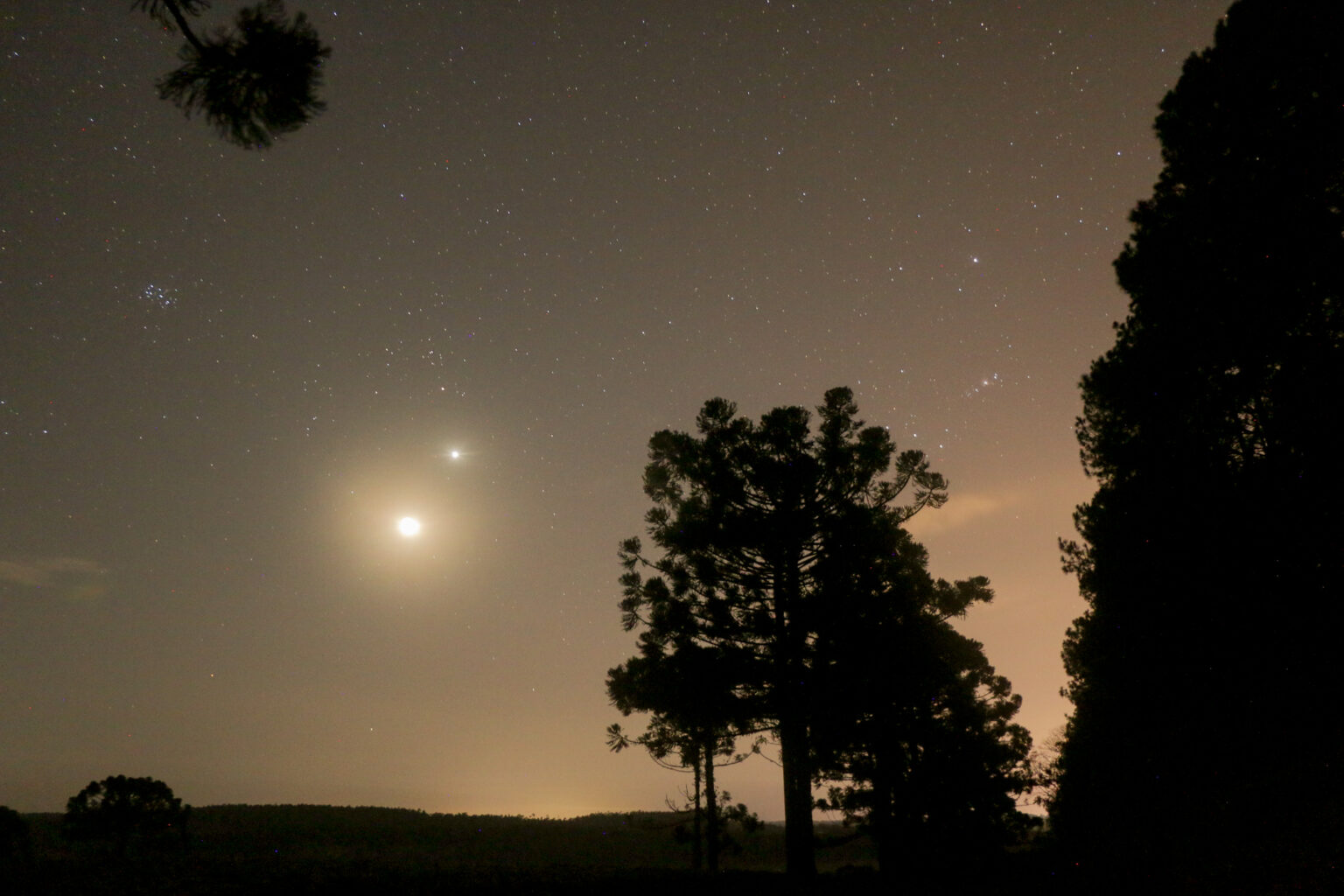
Oposição e conjunção Júpiter, Plutão, Vênus, Aldebarã e Lua
Jupiter - Gas Giant, Moons, Orbit: Jupiter has an equatorial diameter of about 143,000 km (88,900 miles) and orbits the Sun at a mean distance of 778 million km (483 million miles). The table shows additional physical and orbital data for Jupiter. Of special interest are the planet's low mean density of 1.33 grams per cubic cm—in contrast with Earth's 5.52 grams per cubic cm—coupled.
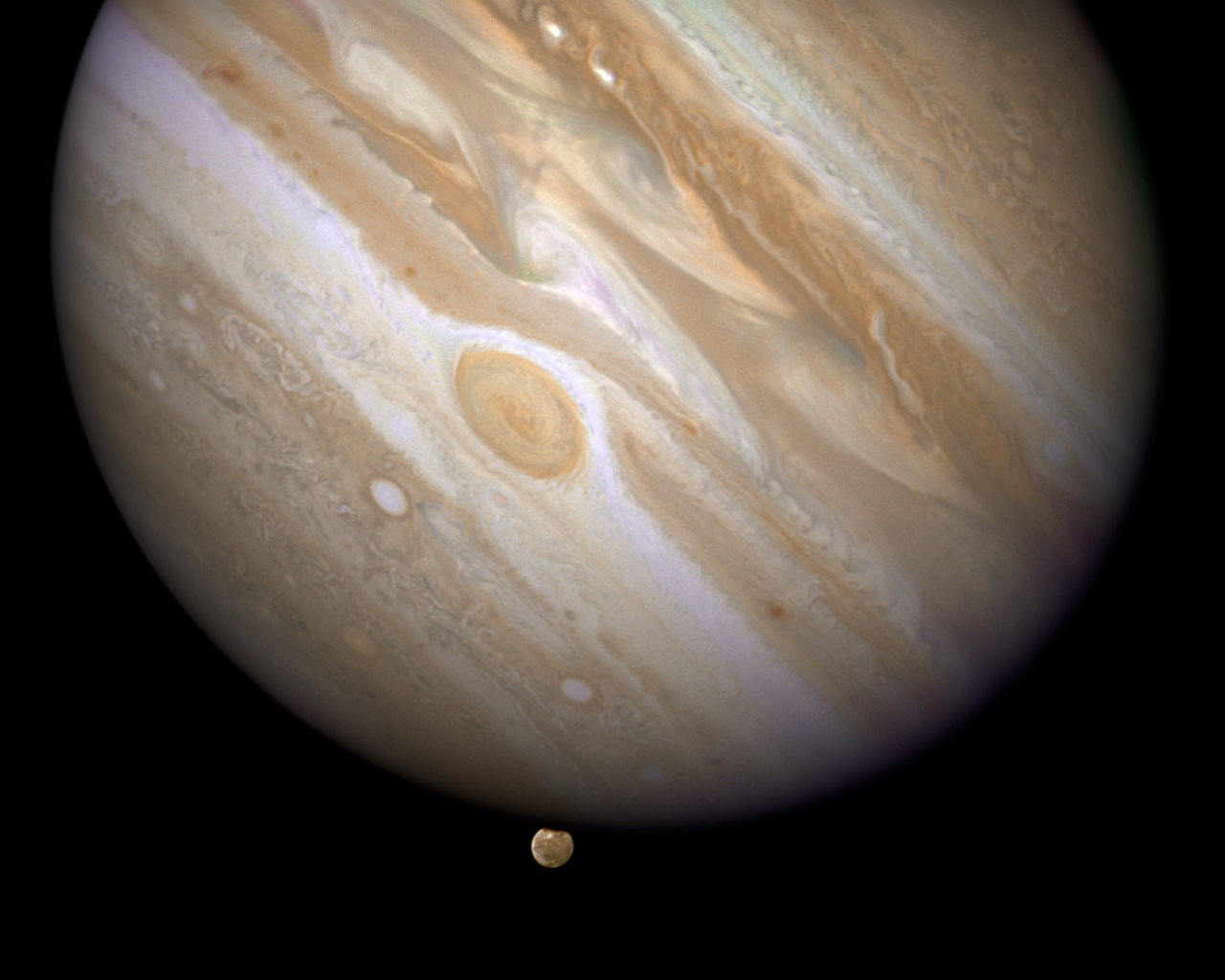
Júpiter em oposição Astronomia no Zênite
Io (/ ˈ aɪ. oʊ /), or Jupiter I, is the innermost and third-largest of the four Galilean moons of the planet Jupiter.Slightly larger than Earth's moon, Io is the fourth-largest moon in the Solar System, has the highest density of any moon, the strongest surface gravity of any moon, and the lowest amount of water (by atomic ratio) of any known astronomical object in the Solar System.
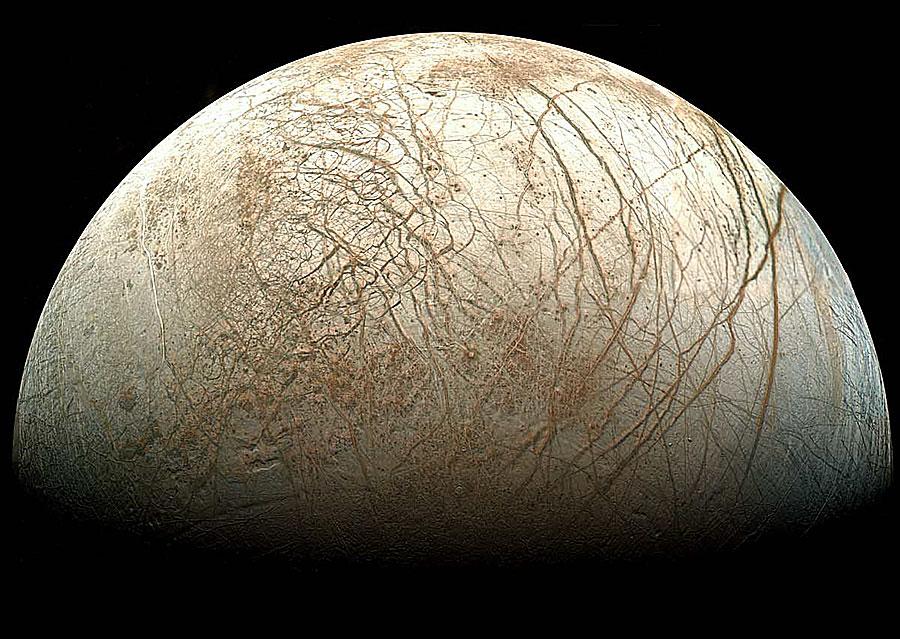
Luas de Júpiter conheça a lua Europa [foto]
Jupiter is a gas giant and so lacks an Earth-like surface. If it has a solid inner core, it's likely about the size of Earth. Jupiter's atmosphere is made up mostly of hydrogen (H 2) and helium (He). Jupiter has 95 officially recognized moons. In 1979 the Voyager mission discovered Jupiter's faint ring system.

Oposição e conjunção Júpiter, Plutão, Vênus, Aldebarã e Lua
Quick-look facts about Jupiter: the largest gas giant in the Solar System. Mass and volume: Jupiter is more than twice as massive as all other Solar System planets combined, and 318 times as massive as Earth. 1321 Earths could fit within a Jupiter-sized sphere. Surface area: Just under 61.5 billion square kilometres (312 times that of Earth)
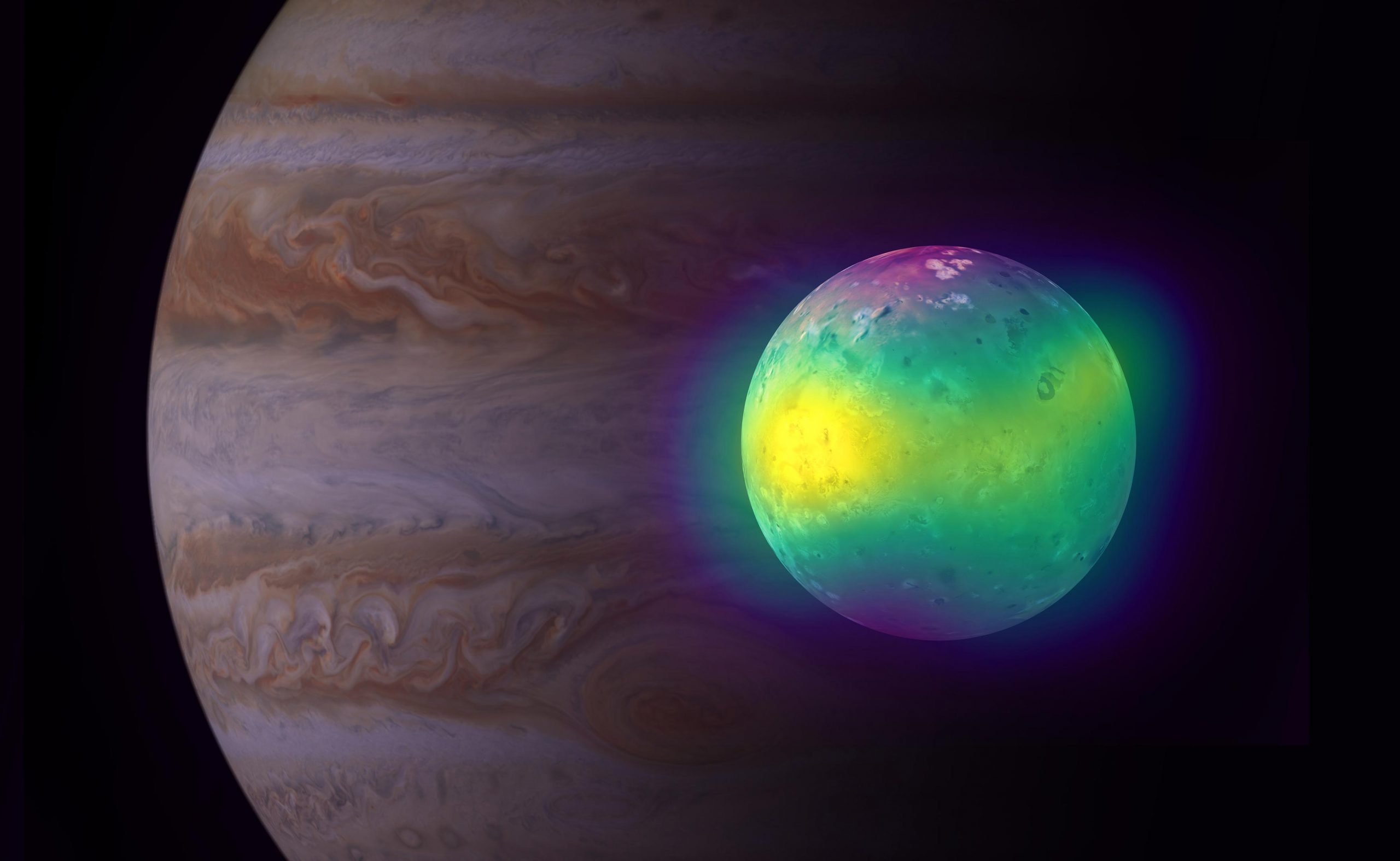
Volcanic Impact on Jupiter’s Moon Io Shown Directly for the First Time
Jupiter. Jupiter is the fifth planet from our Sun and is, by far, the largest planet in the solar system - more than twice as massive as all the other planets combined. Jupiter's stripes and swirls are actually cold, windy clouds of ammonia and water, floating in an atmosphere of hydrogen and helium. Jupiter's iconic Great Red Spot is a.
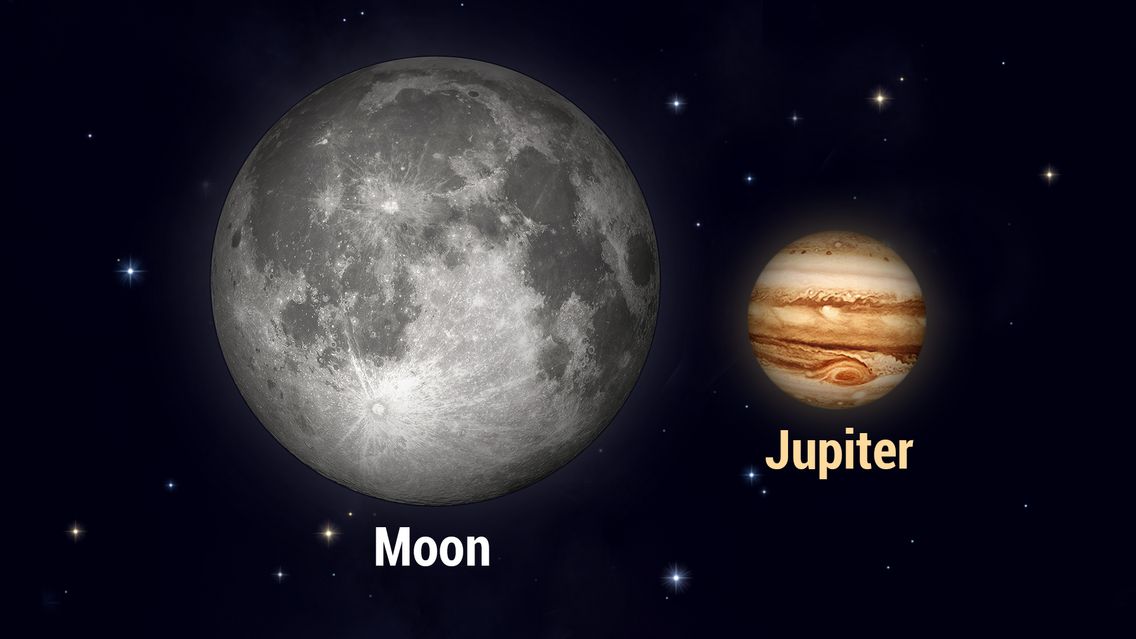
Aproximação aproximada da lua e de Júpiter Star Walk
The largest planet in the solar system, Jupiter, lies opposite the Sun in the sky, and is visible all night. Find Jupiter with our Interactive Night Sky Map. Dec 14/15: Geminid Meteors 14 Dec. Normally one of the best meteor showers of the year, the Geminids peak around the night of December 14 and early morning hours of December 15. This year.
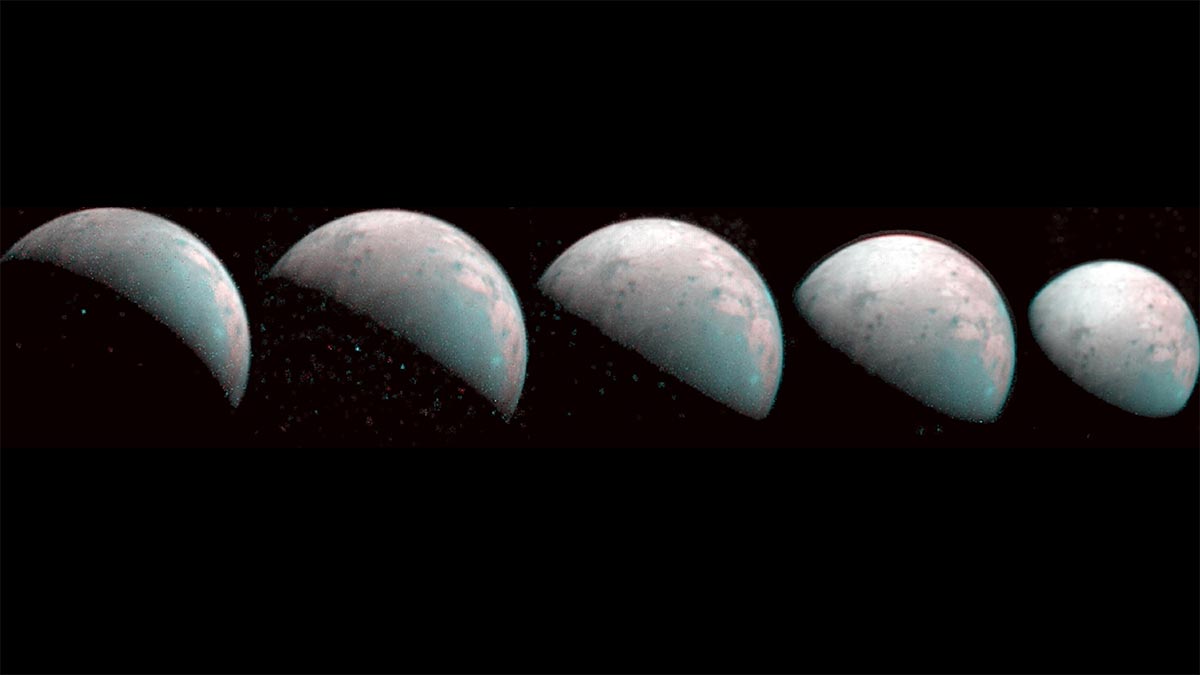
Hubble Reveals Underground Ocean on Jupiter's Moon Ganymede
Jupiter is the fifth planet from the Sun and the largest in the Solar System.It is a gas giant with a mass more than two and a half times that of all the other planets in the Solar System combined, and slightly less than one one-thousandth the mass of the Sun. Jupiter orbits the Sun at a distance of 5.20 AU (778.5 Gm) with an orbital period of 11.86 years.

OPOSIÇÃO DE JÚPITER Eventos Astronômicos Setembro de 2022 YouTube
One astronomical unit (abbreviated as AU), is the distance from the Sun to Earth. From this distance, it takes Sunlight 43 minutes to travel from the Sun to Jupiter. Planets are shown in the correct order of distance from the Sun and with the correct relative orbital distances. The sizes of the bodies are greatly exaggerated for emphasis.

OPOSIÇÃO DE JÚPITER COM O ECLIPSE DA LUA IO AO VIVO NO TELESCÓPIO YouTube
Given Jupiter's roughly 12-year orbit, and Venus' 8-year cycle, we can expect similar Venus-Jupiter conjunctions every 24 years. But with the giant's orbital period of more precisely 11.86 years, it will be slightly farther east in exactly 12 years or multiple thereof, and the 24-year conjunction will happen a bit later in the season . . . if it happens at all.

Oposição e conjunção Júpiter, Plutão, Vênus, Aldebarã e Lua
As the fourth-brightest object in Earth's sky — after the sun, the moon and Venus — Jupiter has been known about since ancient times. Our modern name for the planet is derived from the Roman.
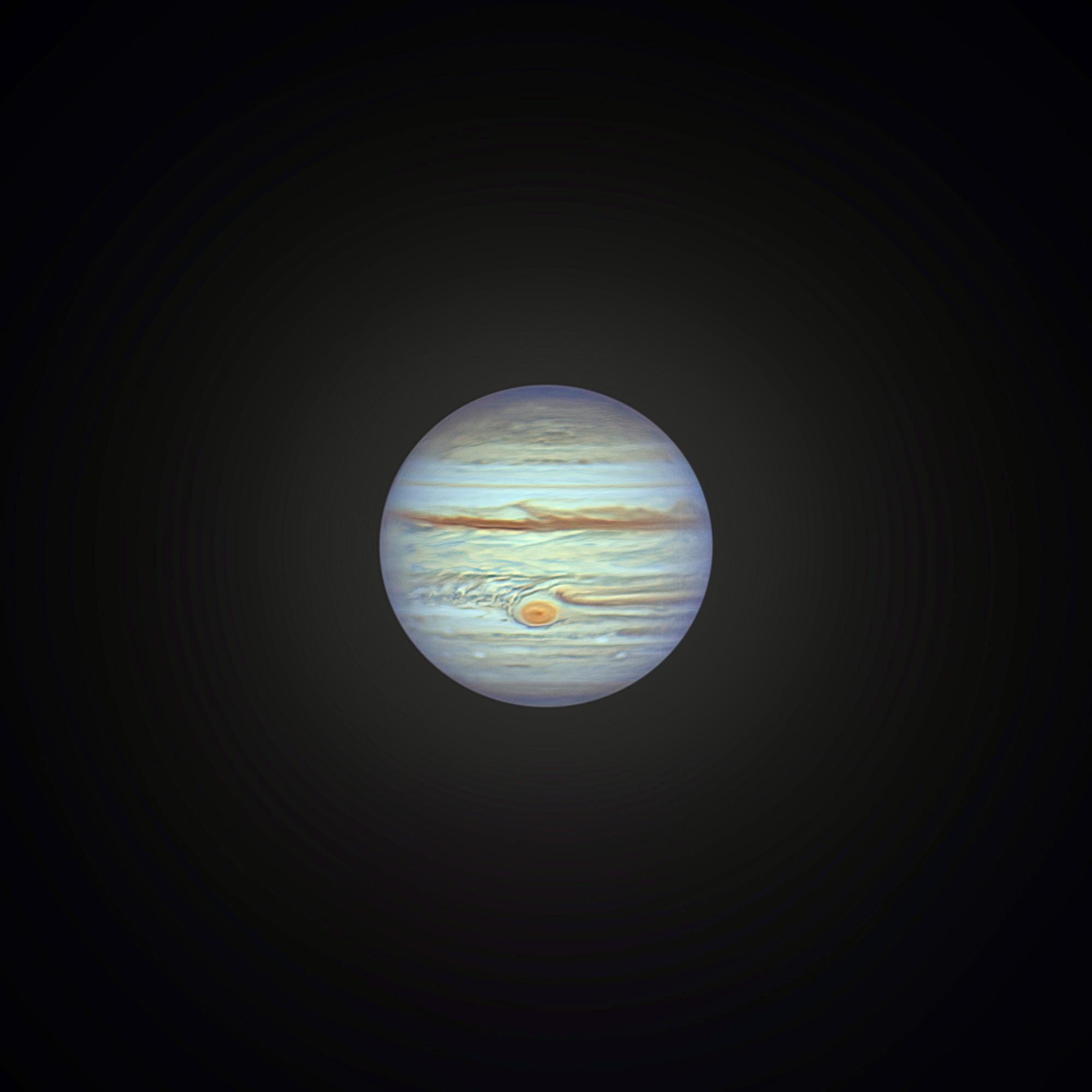
Júpiter em oposição e maior aproximação da Terra dos últimos 59 anos!
This go-round, Jupiter lines up with Earth just four months shy of its January 21, 2023, perihelion. It hasn't been this close since the October 1963 opposition and won't be again until October 7, 2129. That's why it appears exceptionally large (49.9″ across) and bright (magnitude -2.9). But that's only half the story.